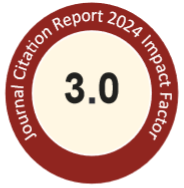Abstract
Noodles and udon noodles were involved in two food poisoning outbreaks in Taiwan in May, 2000. Samples were collected from the uneaten portions of the victims' meals. Hydrogen peroxide (H 2O 2) in samples is determined by a reflectoquant peroxide test with a detection limit of 1.0 ppm. The level of H 2O 2 in udon and noodles ranging from 597 to 1,656 ppm. The gastro-enterological symptoms of the victims along with the high content of H 2O 2 in udon and noodles consumed provided reasonable evidence that the food poisoning was directly associated with H 2O 2. Furthermore, each of the 30 samples of commercial noodles collected from markets in Taipei and Kaohsiung were determined. The ratio of detected samples was 26.7% and 3.3% in Taipei and Kaohsiung, respectively. Eight noodle samples purchased from traditional markets in Taipei contained H 2O 2 residues ranging from 50 to 1,240 ppm. One noodle sample purchased from a traditional market in Kaohsiung contained an H 2O 2 residue of 263 ppm. No H 2O 2 residue was detected in the other samples purchased from supermarkets in Taipei and Kaohsiung.
Recommended Citation
Su, S.-C.; Chou, S.-S.; Chang, P.-C.; and Hwang, D.-F.
(2001)
"Identification of hydrogen peroxide as a causative agent in noodles implicated in food poisoning,"
Journal of Food and Drug Analysis: Vol. 9
:
Iss.
4
, Article 1.
Available at: https://doi.org/10.38212/2224-6614.2777

